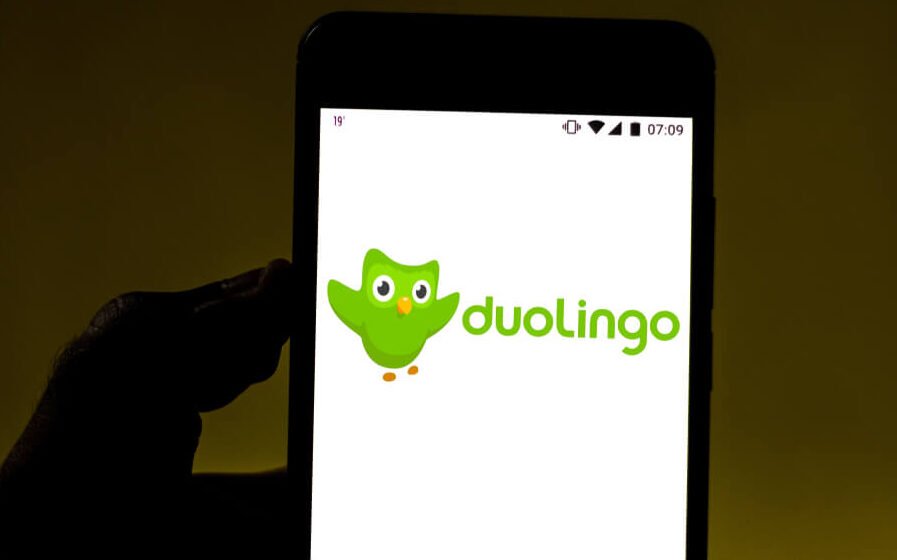In recent years, Duolingo has emerged as a leading force in language education, transforming the way millions learn new languages. Its user-friendly interface and innovative approach have led to widespread acclaim, attracting a staggering 83.1 million monthly users by September 2023. This success story, however, is intertwined with the complexities of modern technology and cultural shifts.
The AI Transition: Innovating or Compromising?
Duolingo’s recent pivot to artificial intelligence (AI) for content creation has been a topic of hot debate. In 2023, the company made a significant move by replacing human writers and translators with AI technology. This change, primarily aimed at enhancing efficiency and productivity, has raised concerns about the quality of educational content and the future role of human expertise in language learning. While some view this as a step towards modernization, others worry about the potential decline in the nuanced understanding that human translators provide.
Global Language Trends: The Asian Language Surge
A noteworthy trend in Duolingo’s data is the global inclination towards Asian languages. Languages like Korean and Japanese have seen a rapid increase in learners, largely driven by the growing influence of Asian culture in media and entertainment globally. This trend reflects a broader cultural shift, where language learning is not just about communication but also about connecting with diverse cultures and participating in global dialogues.
Studying Motivations: More Than Just Communication
The reasons behind language learning vary widely. While some study for educational or professional purposes, others are driven by brain training or cultural interests. Interestingly, the reasons for studying specific languages often reflect broader social and cultural dynamics, such as historical ties, economic opportunities, or even global events like the Olympics.
The Future of Language Learning: AI and Human Synergy
As Duolingo and other platforms integrate AI into language education, the balance between technology and human input becomes crucial. While AI offers efficiency and new capabilities, it’s essential to maintain the quality and cultural sensitivity that human educators bring. The future of language learning lies in leveraging both AI and human expertise to provide a rich, contextual, and effective learning experience.

